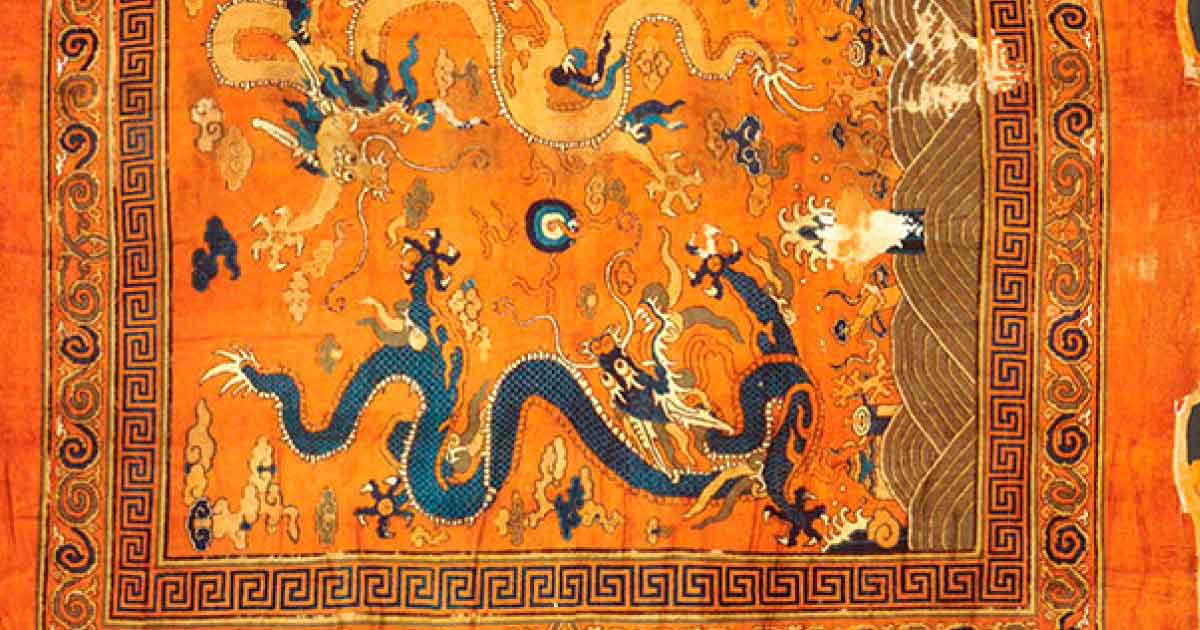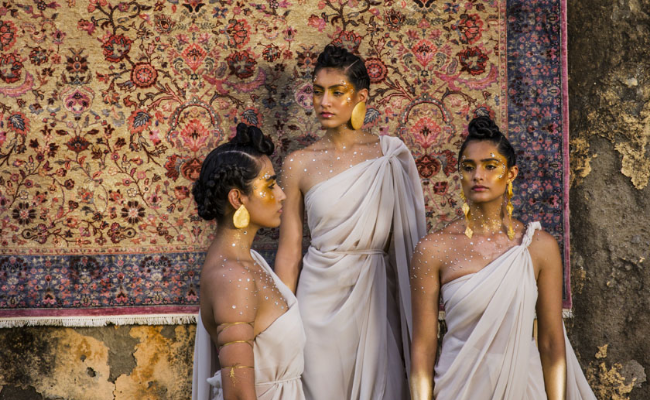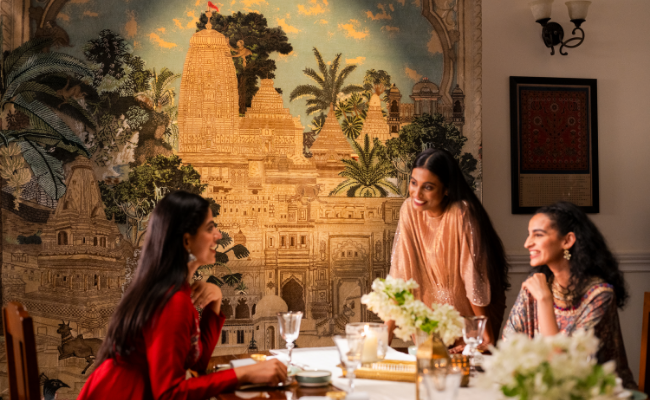
Chinese Imperial Rugs
Through every decade and century China has been admired for its cultural richness, the paintings, scientific advancements and so many other things that revolve around arts and science. An interesting fact about the Chinese culture is that it is said to have started with the yellow emperor over 5000 years ago. Since then the country has had a global influence when it comes to music, dance, technology, literature, cuisine, etiquette, politics, history, martial arts, philosophy, religion Buddhism, Confucianism, and the list just goes on. Whatever the category may be, china has proved itself as a flagbearer of it.

If you’re confused about why we, a carpet manufacturer brand is talking about their fondness for China out of all things, let us simplify it for you. This blog is all about the Chinese imperial carpets.
Chinese art and artistry is known to be some of the most intricate, unique, and immaculate one for the longest time. So when we talk about Chinese imperial rugs, it becomes one of the most crucial evidences of their approach towards visual arts.
The emergence of Chinese luxury carpets
Chinese luxury carpets were initially intended for the upper classes as well as those who had massive influence on the society.
The exact introduction of carpets to China is unknown, likely brought by merchants and travellers. However, during the Ming dynasty in the 14th century, weaving and knotting carpets became a widespread practice. The Ming Empire, lasting until the mid-17th century, marked a period where Chinese craftsmen perfected their skills, becoming exceptional weavers and knotters, resulting in the creation of captivatingly beautiful carpets.
During this time, the most exquisite pieces were reserved for imperial palace rooms. Additionally, Chinese carpets held significant value and were often bestowed as gifts, particularly in diplomatic relations. Receiving such artefacts as a gift was considered an honour, signifying a recognized lineage.
The design elements
During this historical era, carpets predominantly featured colours such as yellow, blue, red, and tobacco. The fibres, primarily wool and silk, were dyed using herbs and substances derived from natural elements. For instance, indigo provided the blue hue, while shades ranging from red to brown were achieved using madder, cochineal, or walnut husk. The symbol colour of Chinese carpet-making, yellow, was obtained through the use of the costly spice saffron.
The decorations during this period exhibited intricate details. Craftsmen drew inspiration from the elaborate motifs found in porcelain decoration, incorporating original designs that represented the prevailing elements of spirituality and society at that time.
In a broader sense, the traditional Chinese technique drew influence from the Persian method but underwent adaptations to accommodate the distinct characteristics of wool fibres. Consequently, Chinese carpets, slightly thicker than their Persian counterparts, maintained elevated levels of softness and comfort.
During the Ts'ing dynasty, the Chinese tradition persisted, albeit with works by craftsmen appearing somewhat less charming. By the 18th century, this tradition extended to other regions of the empire. While initial carpet production centered in central regions, it later expanded to peripheral areas, reaching as far as the Beijing region around the 19th century.
Evolution of designs
Over time, carpet production in different Chinese regions specialized to cater to diverse local needs and habits. For instance, in Mongolia, the production of square carpets, small and intricately decorated, became widespread, ideal for adorning walls in houses and temples.
A notable change in carpets during this phase, in contrast to those from the Ming dynasty, is the introduction of a central medallion replicated in the corners. Additionally, the arrangement of various decorative elements adhered to the principles of yin and yang.
Traditional Chinese luxury carpets are characterized by a plethora of symbols, a feature that sets them apart both in the past and present. Each symbol bears a specific meaning, and decorative elements like flowers and animals go beyond mere aesthetics, embodying values and symbols intrinsic to Chinese culture and society. There's no randomness; every element contributes to a symbolic language, conveying precise messages and evoking emotions for those who can interpret it.
The dragon takes centre stage as the prince and protagonist in many Chinese luxury carpets, symbolizing the ruler of natural forces. Often, the dragon shares the spotlight with another mythical creature, the phoenix, known as the king of birds and a symbol of benevolence and renewed life.
Numerous representations on Chinese luxury carpets draw inspiration from Buddhist and Taoist culture. Examples include the lotus flower and pearls, representing purity, while peonies and coins serve as allegories of wealth. The frequent use of fish pairs, a symbol in Buddhist tradition signifying the absence of fear, and the infinite knot, another Buddhist symbol representing good omens and the interconnection of cause and effect, further enrich the cultural tapestry woven into these carpets.
In crafting luxury carpets, the Chinese tradition stands on equal footing with the more widely recognized Persian counterpart. The excellence of Chinese carpets extends not only to the materials employed but also to the selection of ornamental motifs. Presenting a refined Chinese carpet to guests remains a contemporary source of pride and distinction, signifying that the hosts possess a discerning taste for handicrafts originating from cultures distant from the Middle East.









